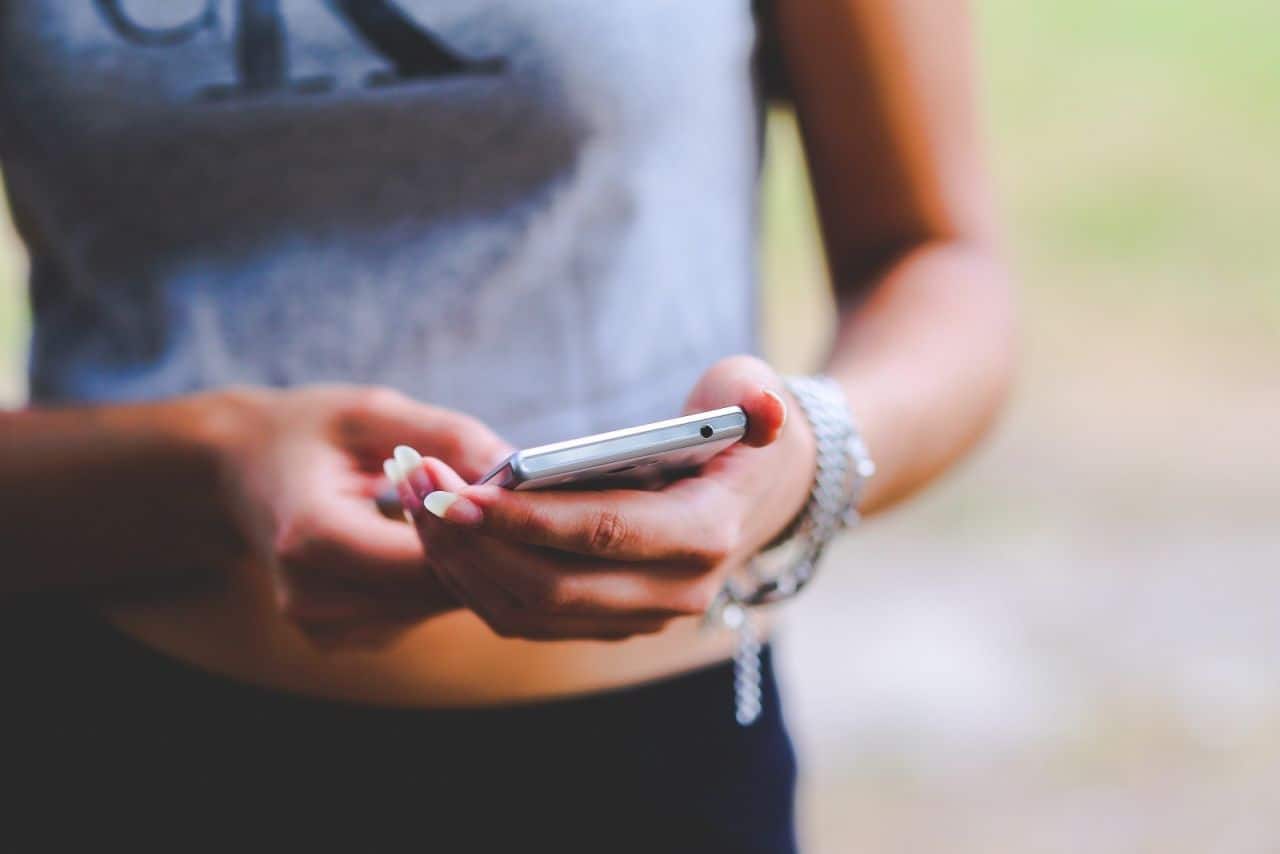The first camera phone in the UK was released in 2002, the Sony Ericsson T68i, but it was a slow rollout. By 2010, around 20% of the population owned a smartphone, but since then, there has been a huge rise.
Now, 92% of the UK population owns a smartphone with a camera. Every day people snap photos of everything from their dog to their dinner.
It’s estimated that smartphone users have taken over 1.2 trillion photos every year since 2017.
What if you want to do more with your smartphone camera? Whether for business, social media, or just as a hobby, there are ways that you can improve your snaps.
1 – Choose your equipment carefully
As any photographer will tell you, choosing the right kit is important. It’s widely accepted that Android phones have the best cameras, which is why many people are making the switch.
A popular new feature is the 8k sensor on the Samsung Galaxy S21 Ultra 5G. Users say that it adds more depth to images.
If you invest in a good smartphone, you’ll find many professional features that a DSLR camera has. This was unheard of around five years ago.
2 – Make sure the lens is clean
You carry around your phone all day, and it is exposed to different environments – school, the office, the bus, or the train. That means it picks up grime and dust, even if you don’t really see it.
Get a microfiber cloth to wipe it down with, so you can make sure no smudges ruin the shot.
3 – Adjust the focus and exposure
One problem that used to crop up with earlier smartphone cameras is that there was no proper focus. You had to just point, shoot and hope for the best.
Many smartphone cameras now have a manual focus, which is activated with one simple onscreen tap. Check for facial recognition, too, as this will automatically identify human faces, and they won’t be blurred in the photo.
Exposure is one of the most important elements when taking a photo, and it’s all about the light. Tap your screen once, then adjust using the slider that appears onscreen, or hold and drag if using an iPhone.
This is particularly helpful in darker conditions, but if you’d prefer a moody image, tap the sky to get shadows.
4 – Use natural lighting
Natural lighting is always better than the LED light from your phone – the colors look better in the sunlight. Use it wherever possible, and you’ll get better results.
If you don’t have any natural light left in the day, then you can go for artificial lighting. The glow of candlelight can give a soft effect, or you could use the flashlight from another smartphone.
If you have time and it’s possible, make sure your subject is lit from the front and not behind. Always take one with and without the flash to see which works best.
5 – Framing
Now, your smartphone camera can help you with framing, which will make your photos more artistic. Go to your settings and enable “Grid” to employ an old photography secret, the rule of thirds.
This will help you stay parallel with any horizontal or vertical lines when taking the photo. Make sure that everything you want is within the frame.
6 – Use HDR
High Dynamic Range, shortened to HDR, is now part of new smartphone camera apps. This is great because it gives you a better balance of color and brings out more detail in your photo.
If you want to notice that there’s a big difference in light for your photo, HDR is your friend. It will take slightly longer to process, so it’s not suitable for fast-moving objects.
Now you’re armed with these new tips; you can improve your photos and wow your Instagram followers. Once you start using them regularly, you’ll see the impact it has on your images.
